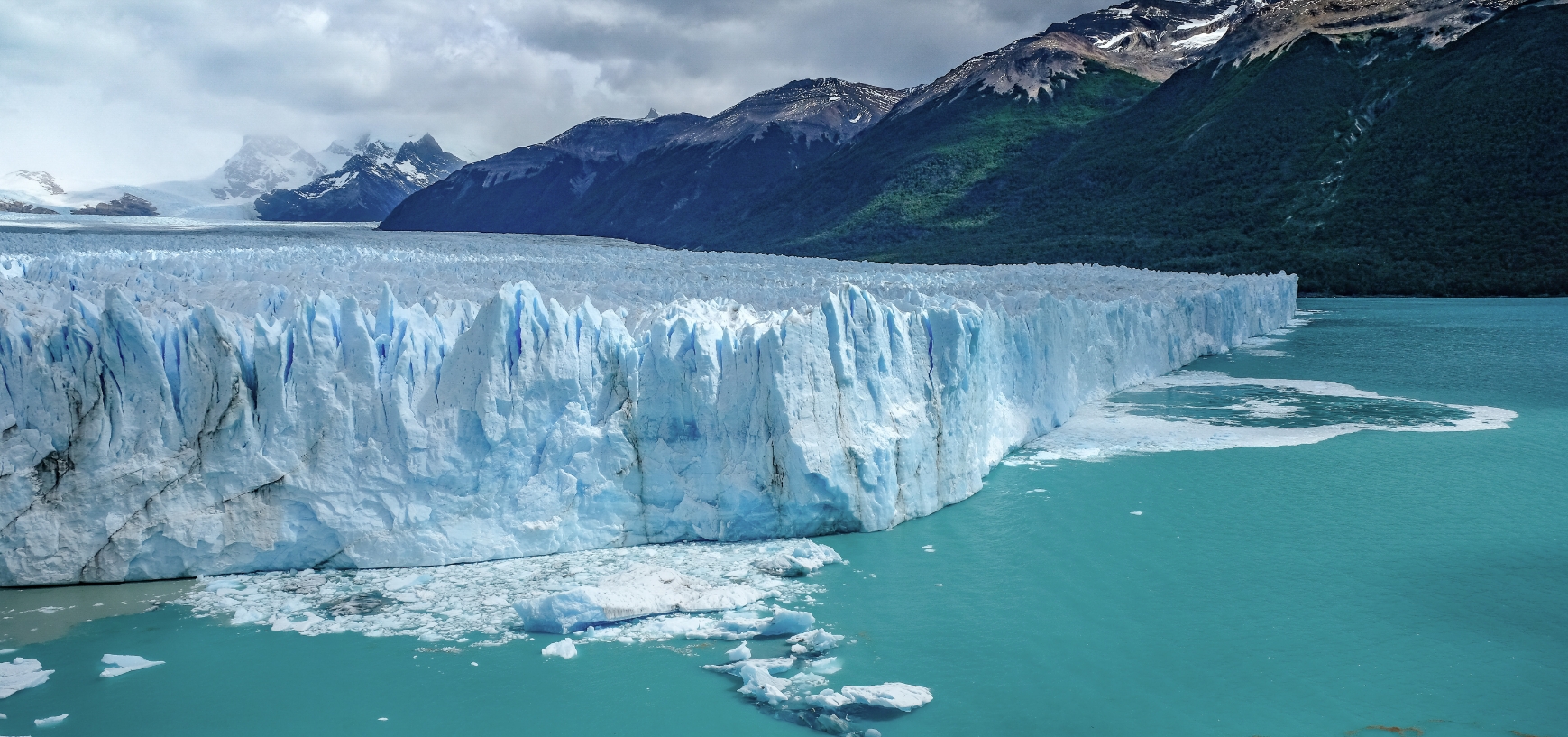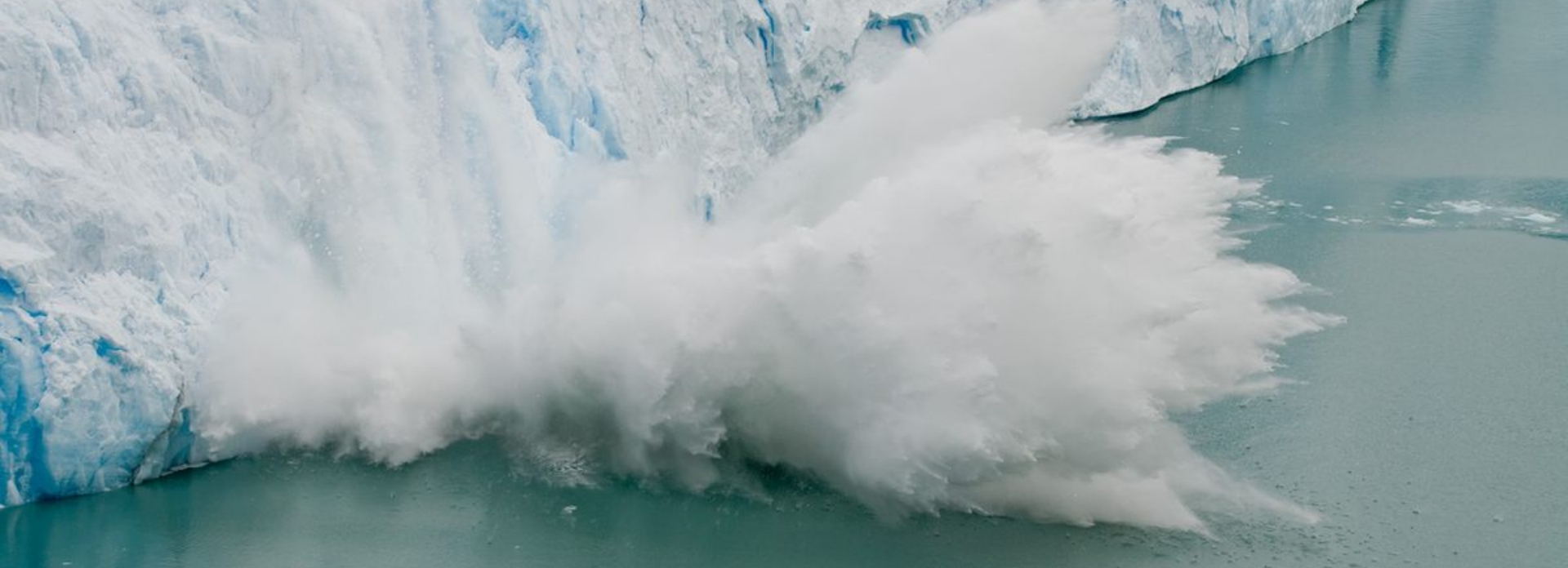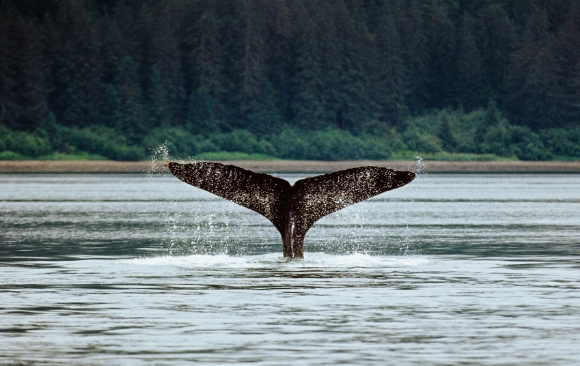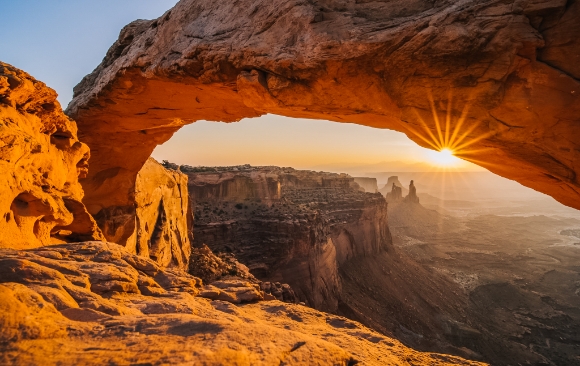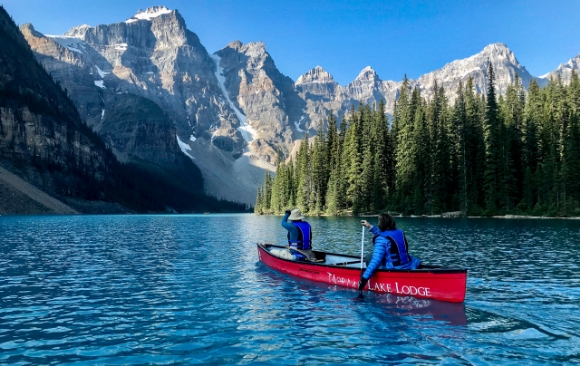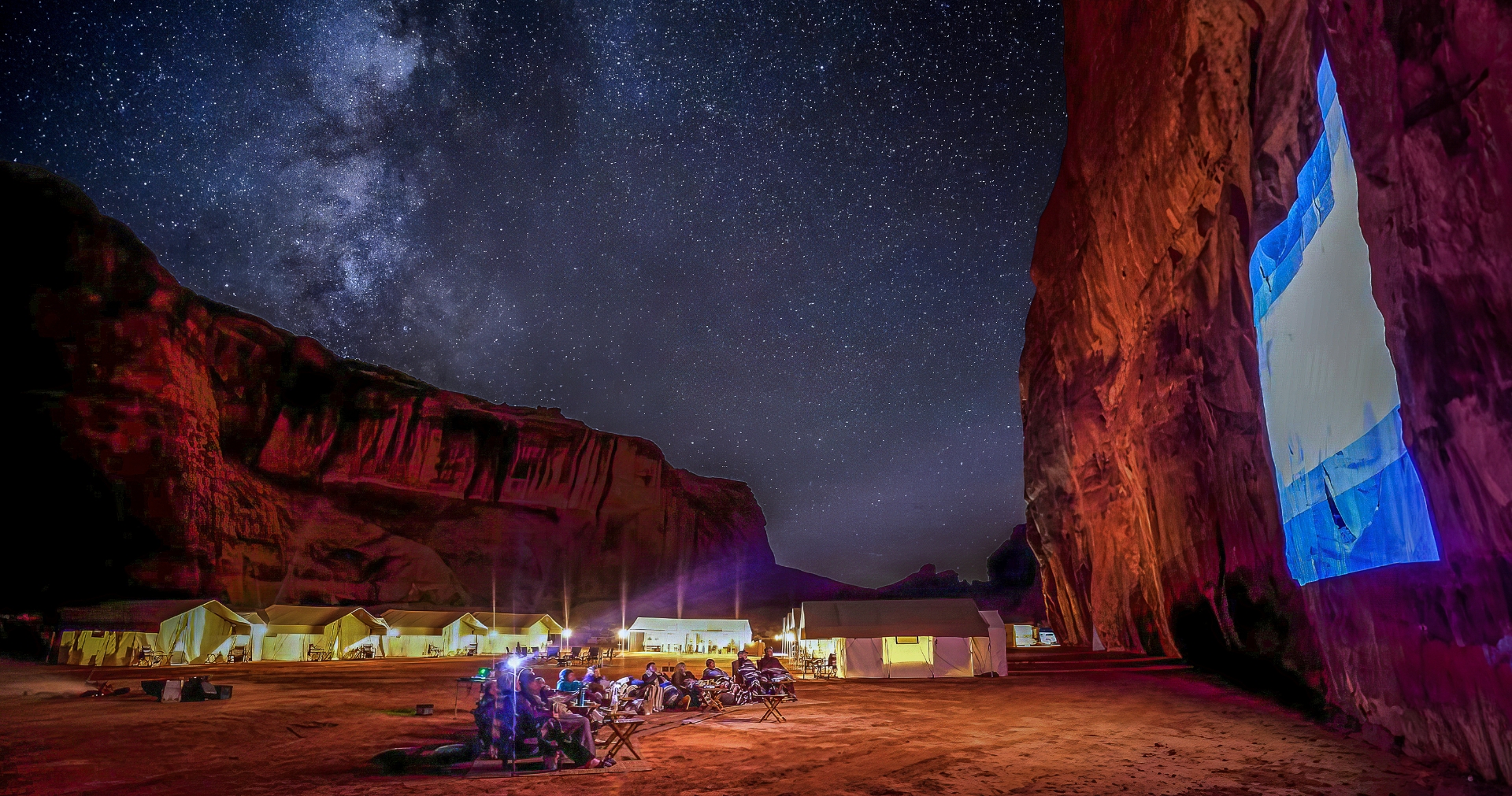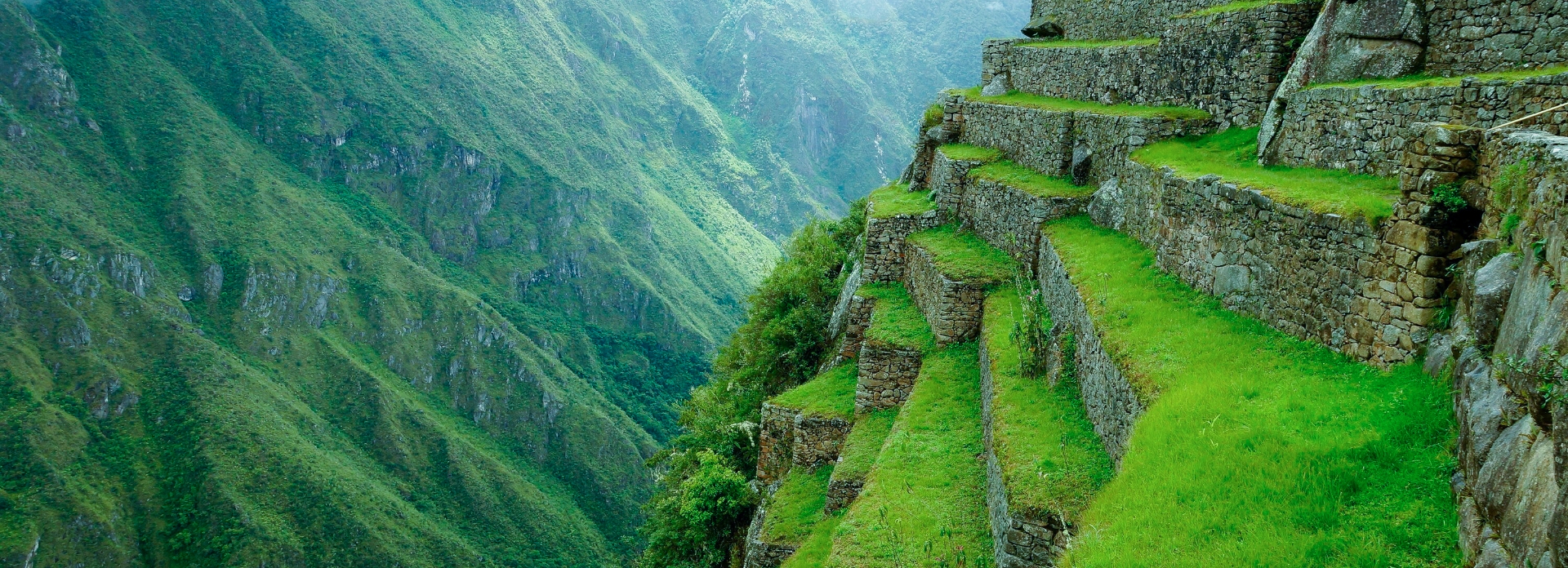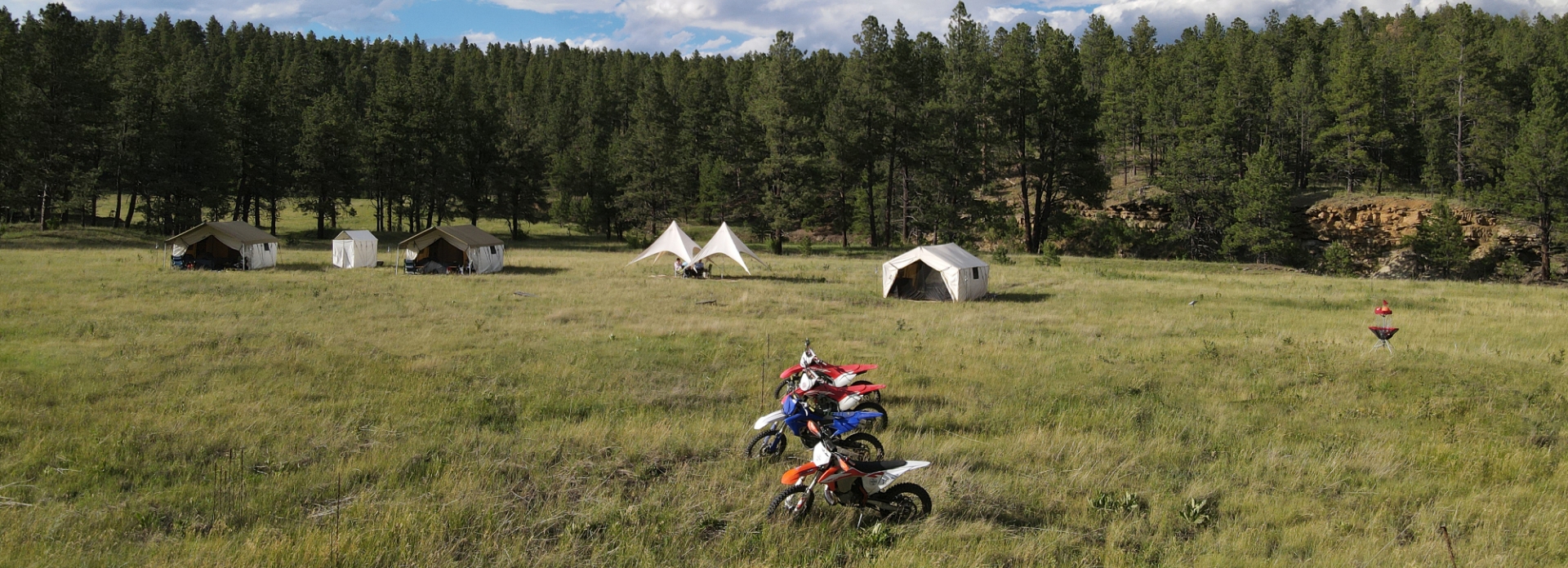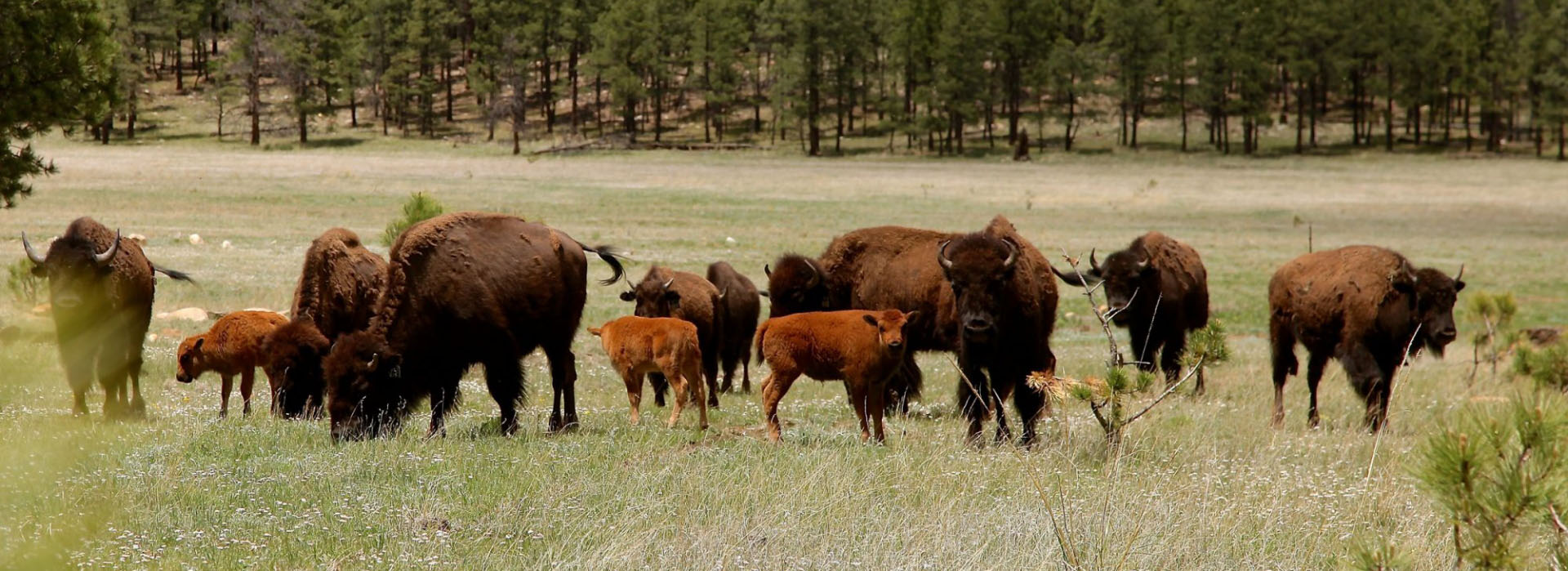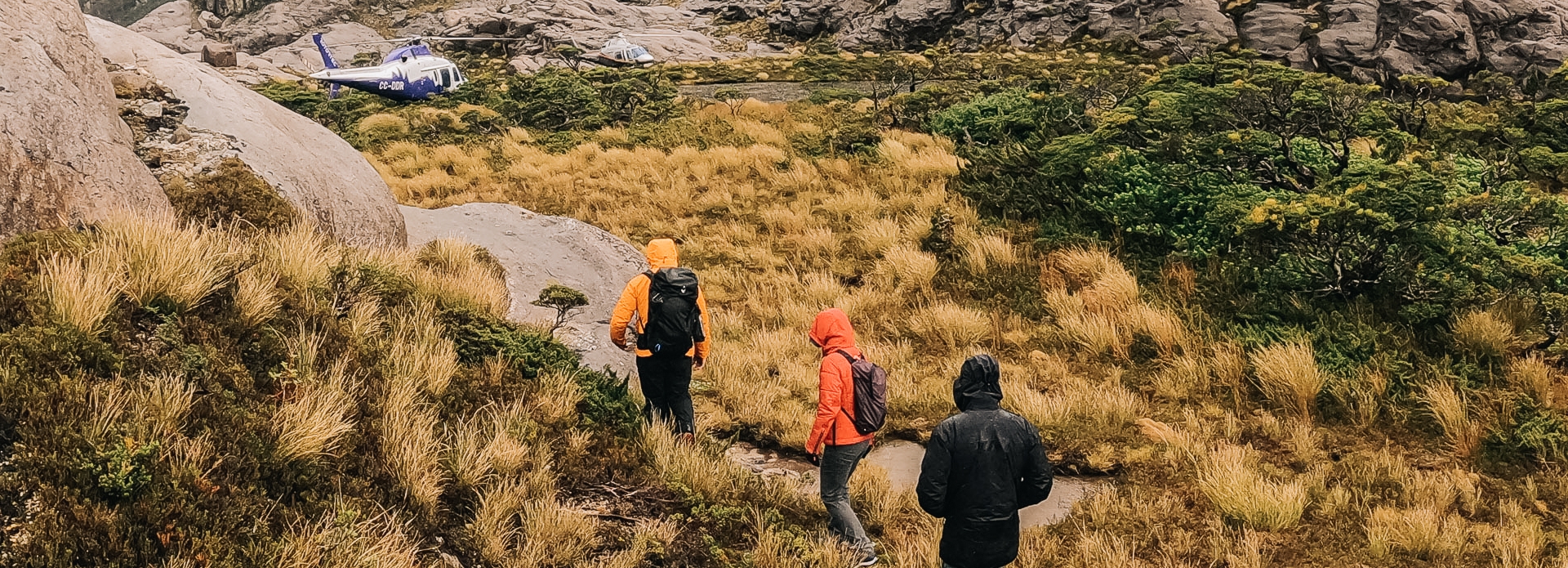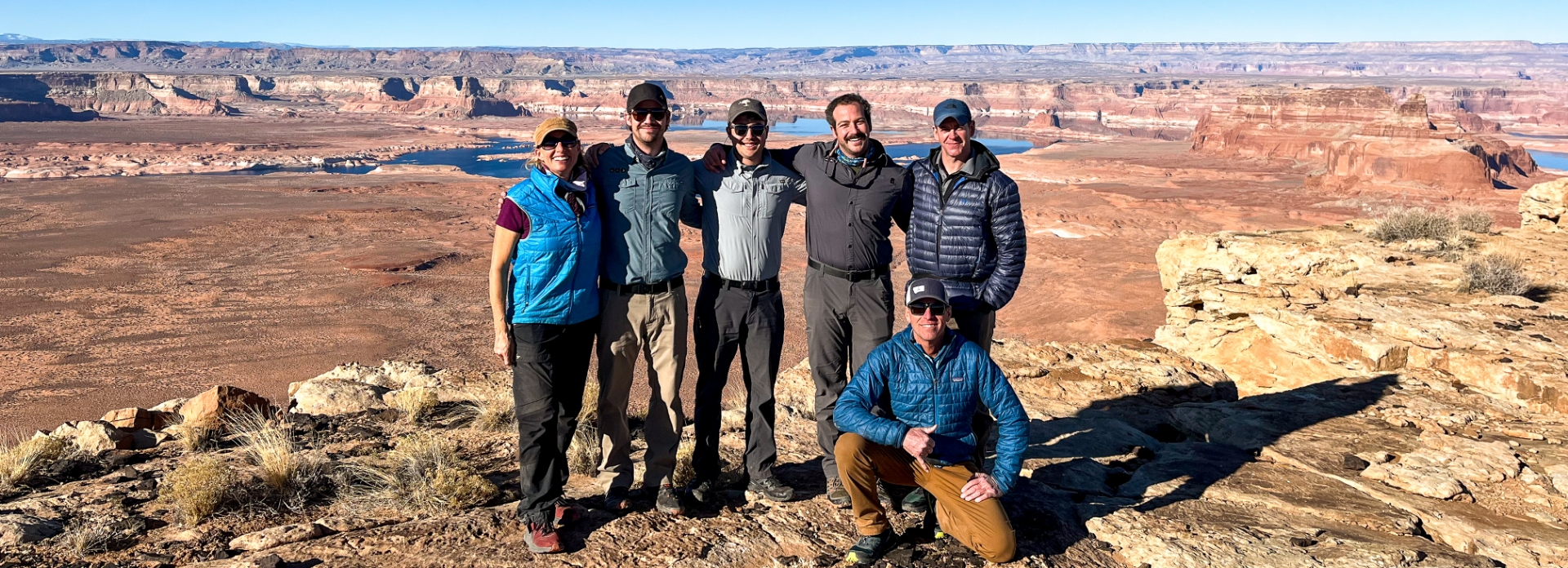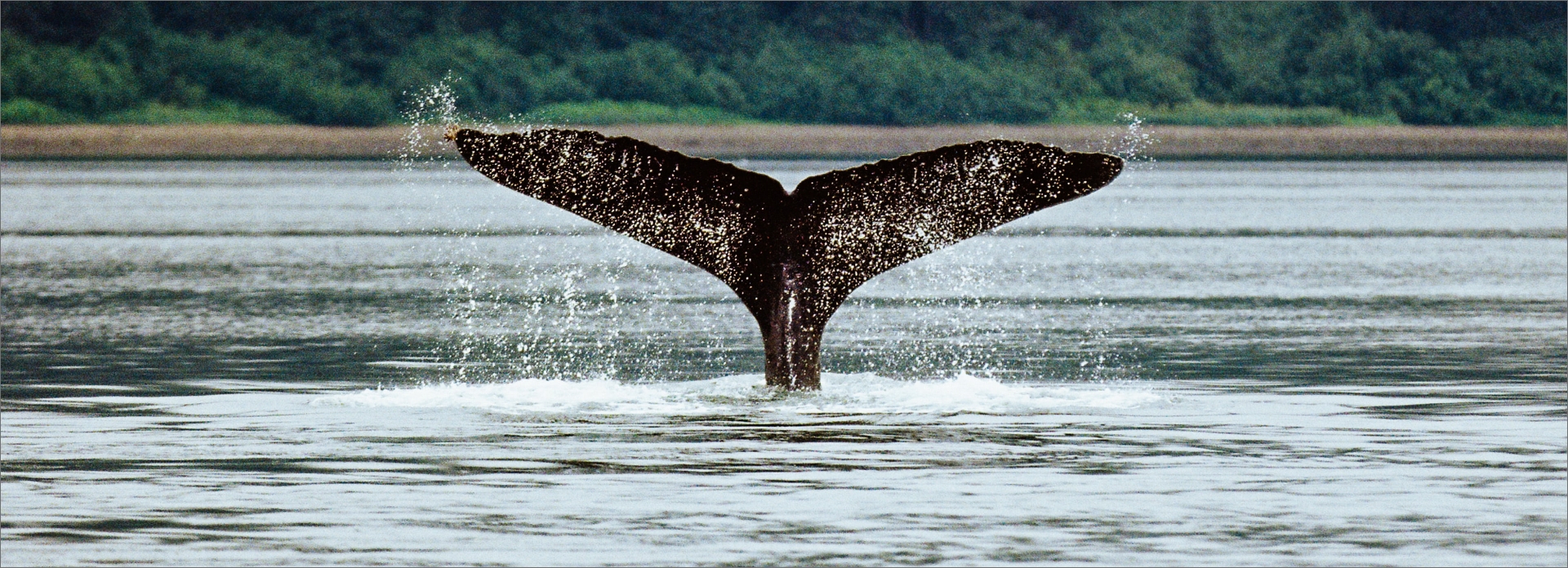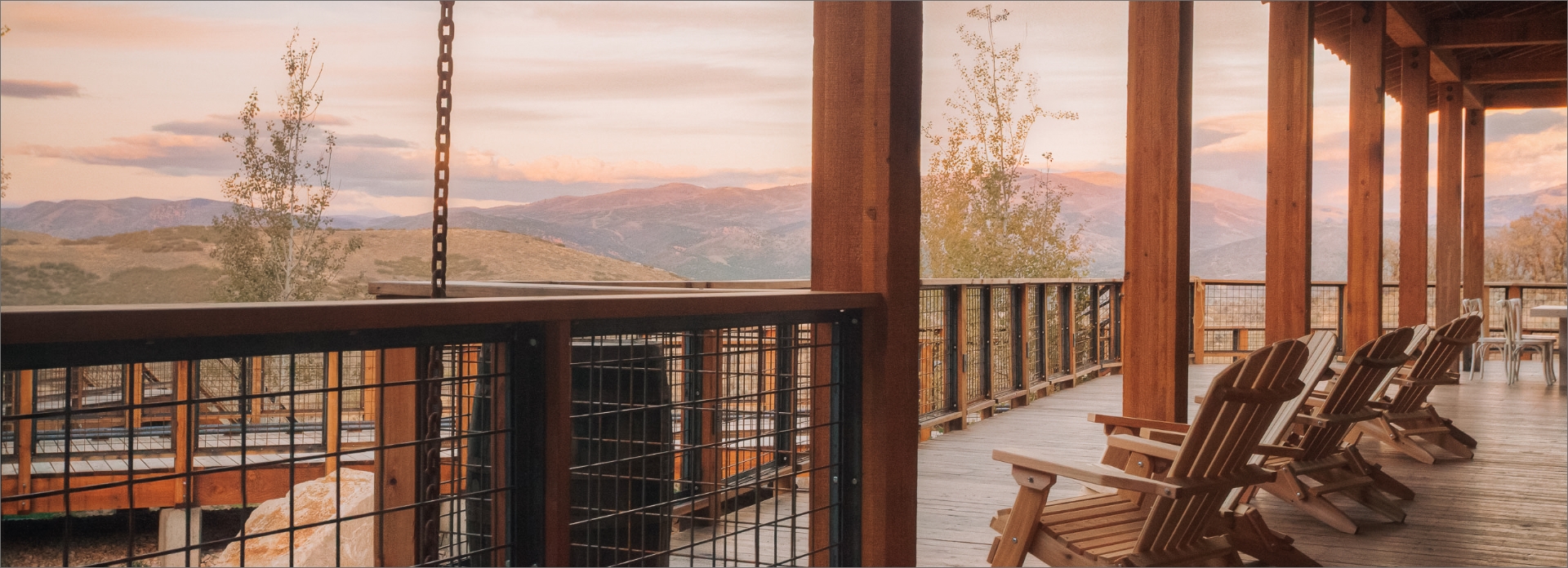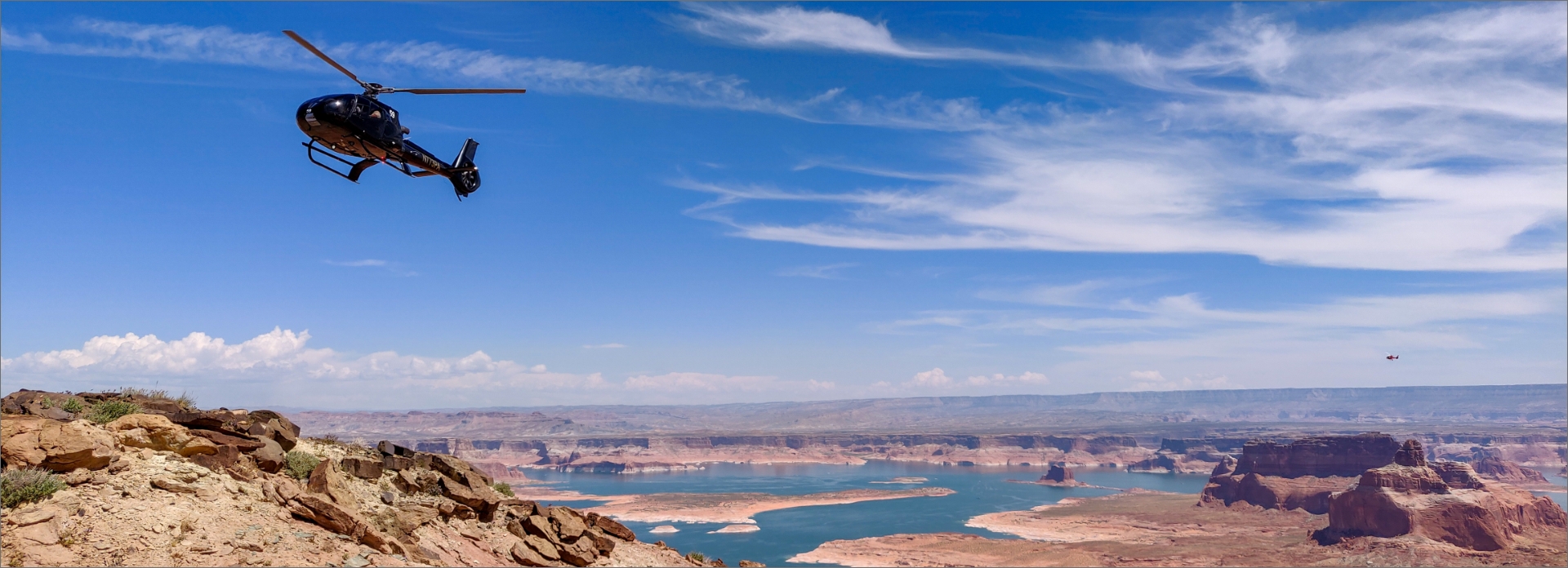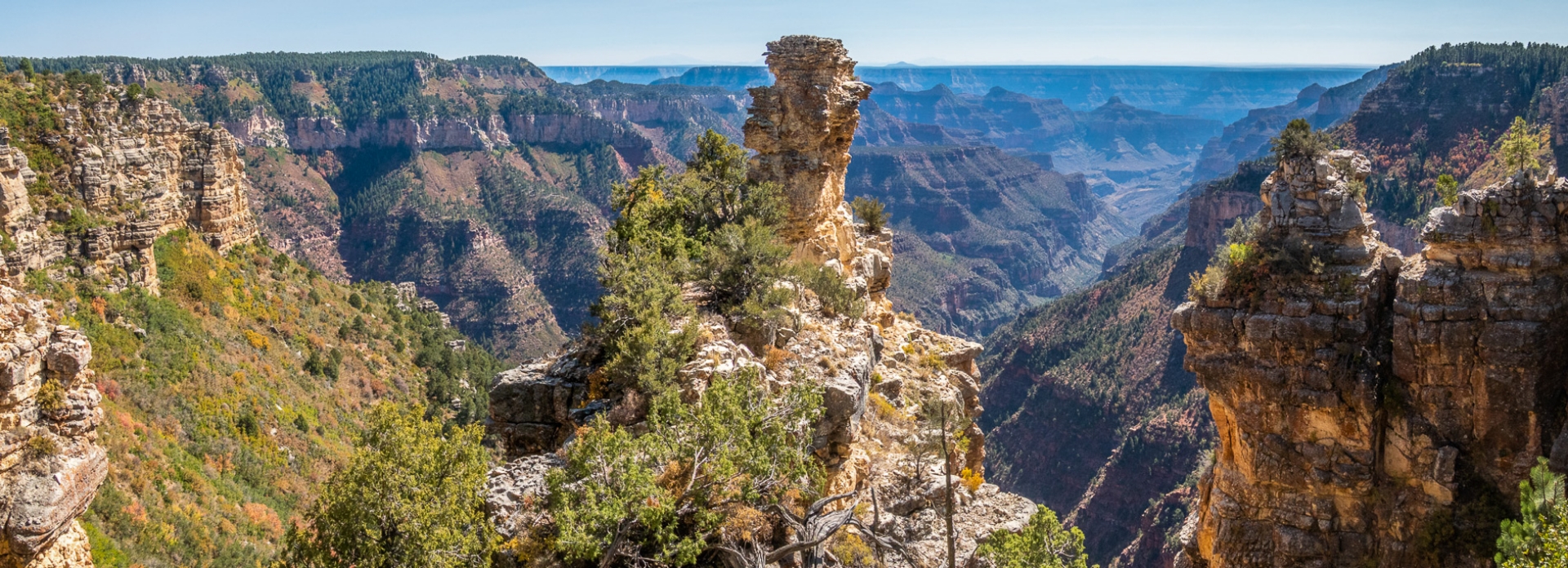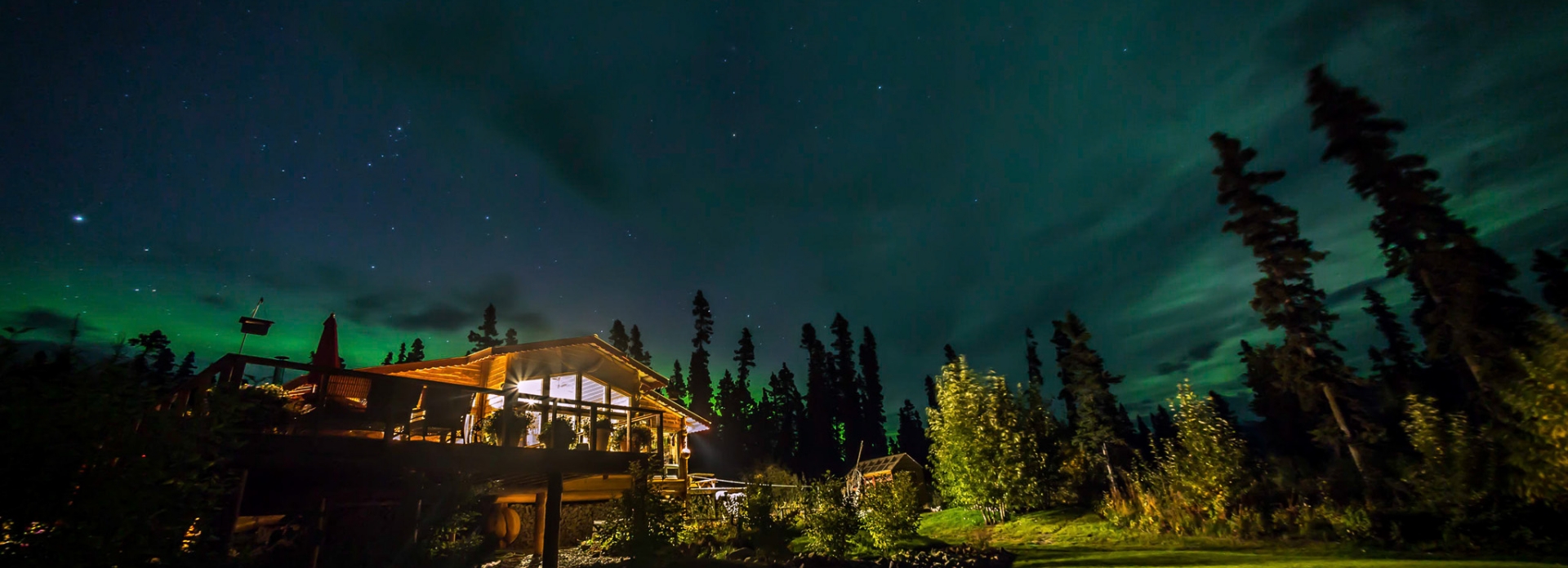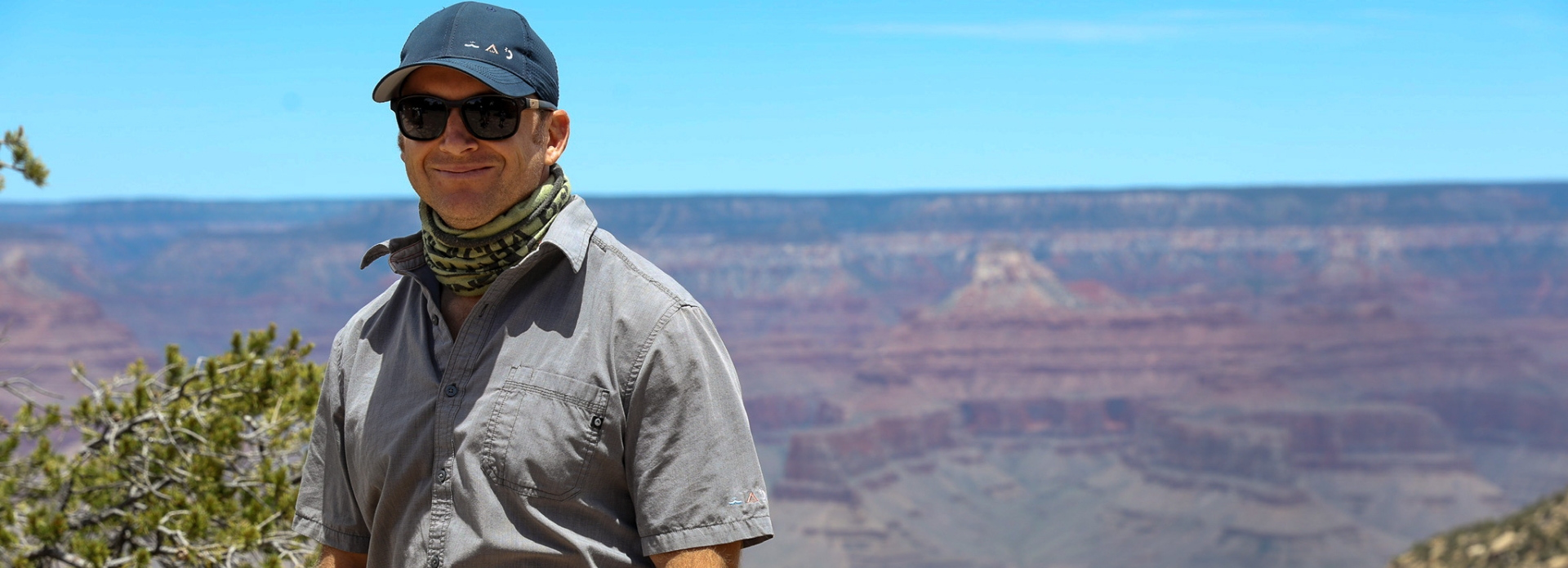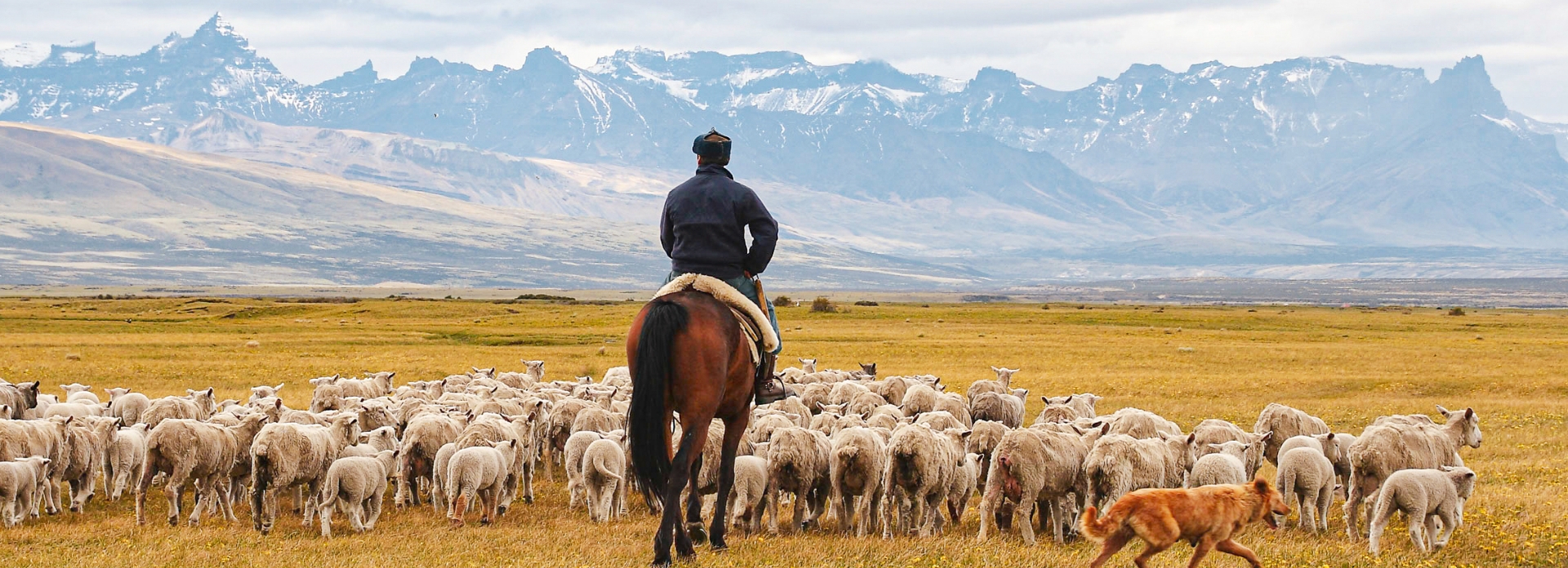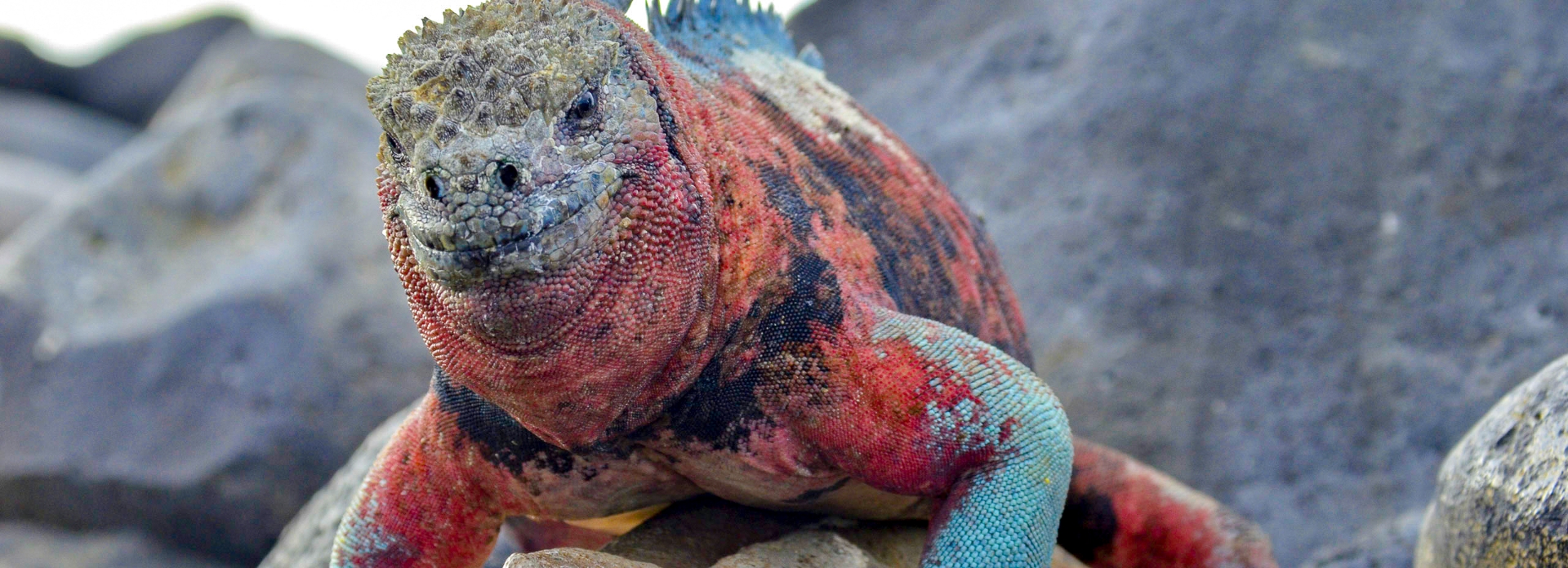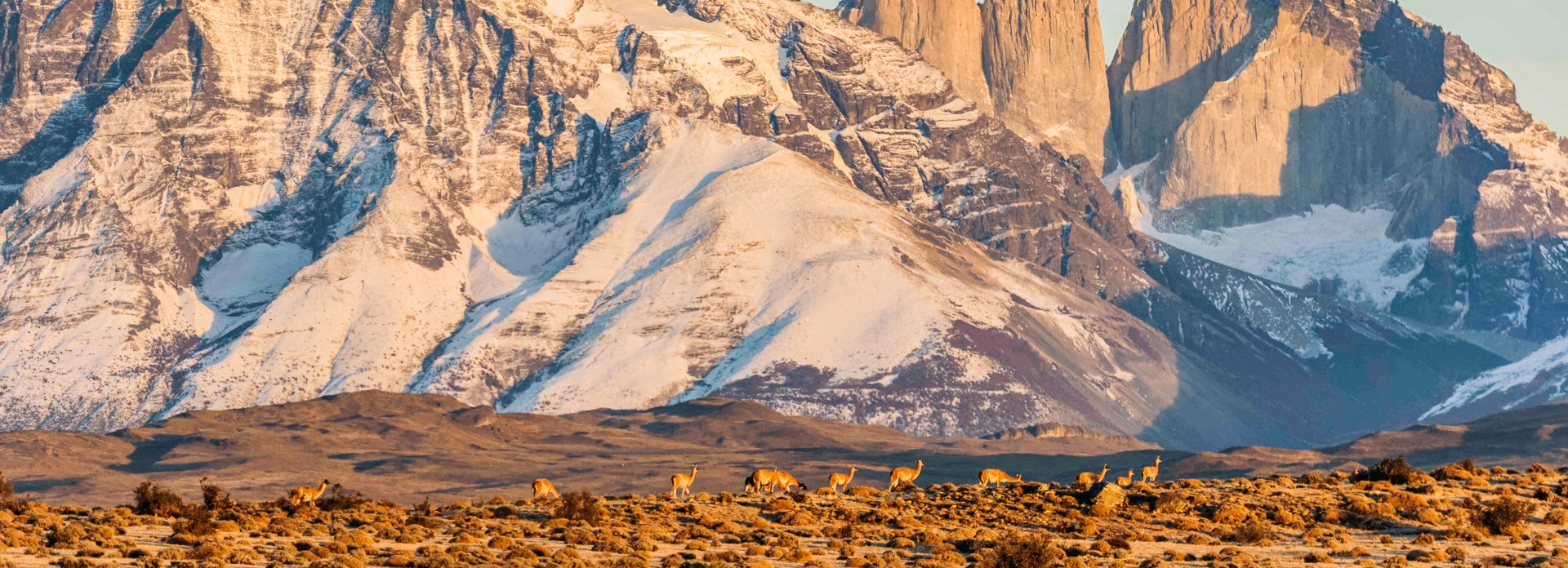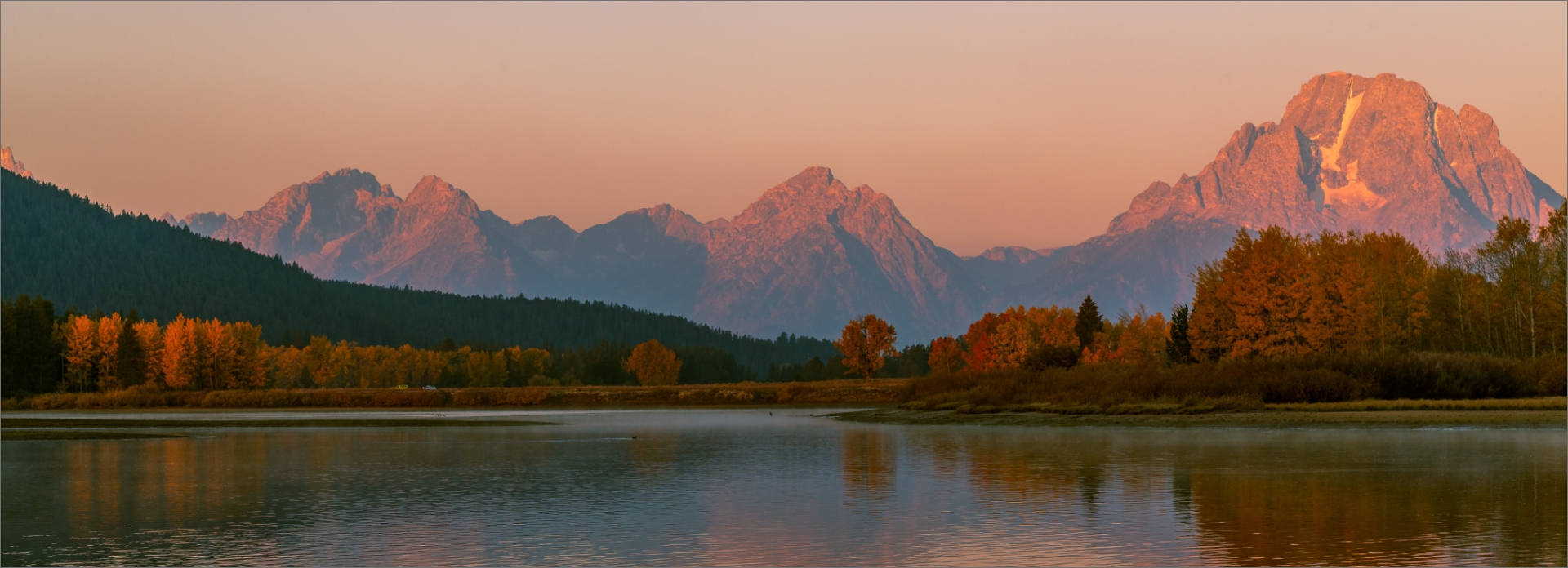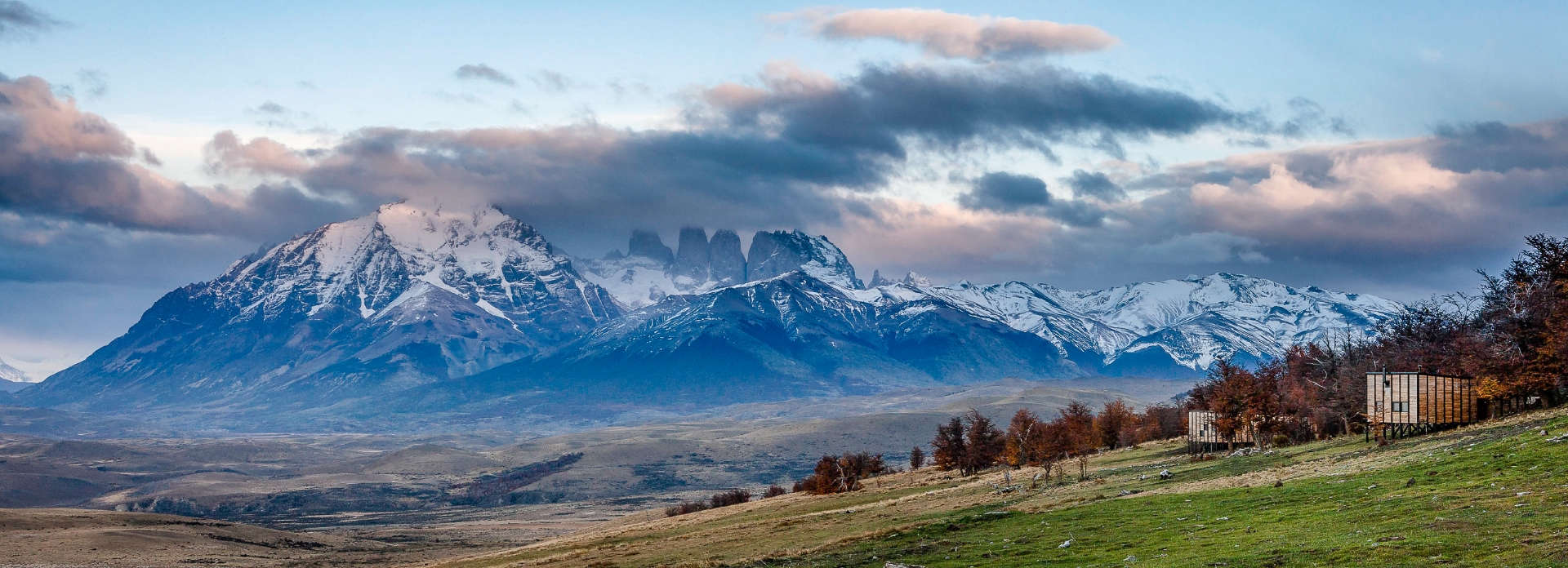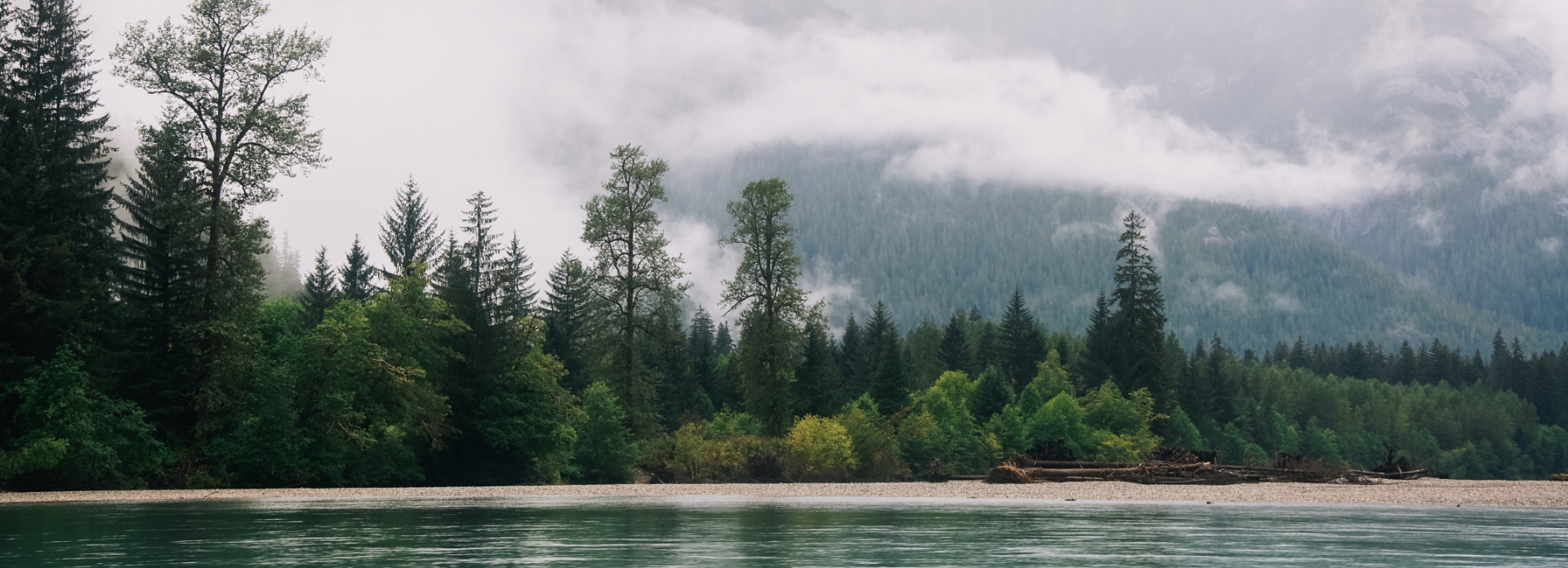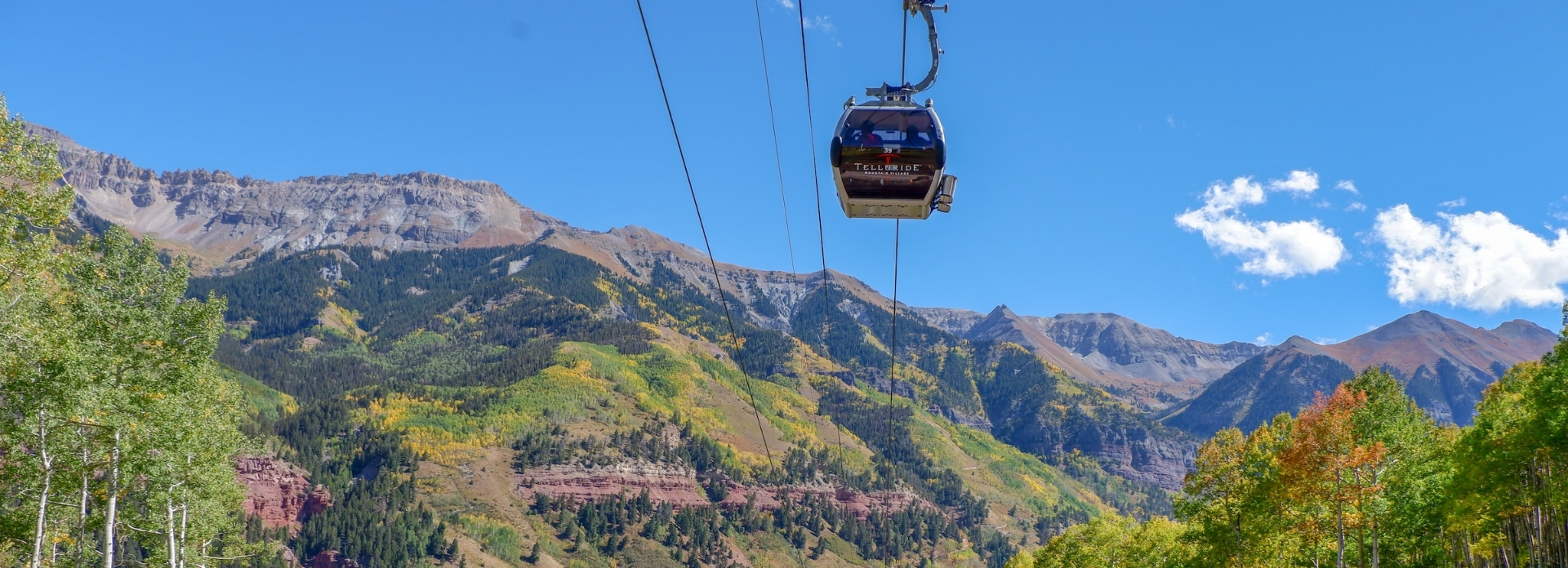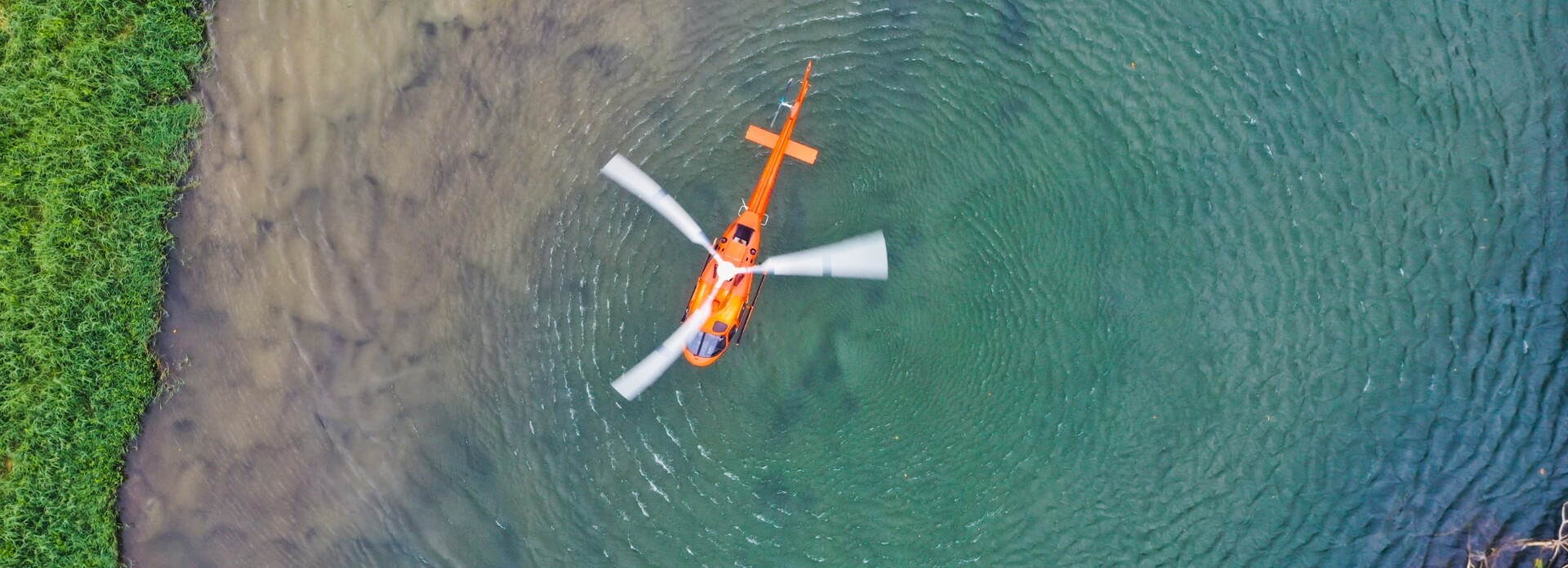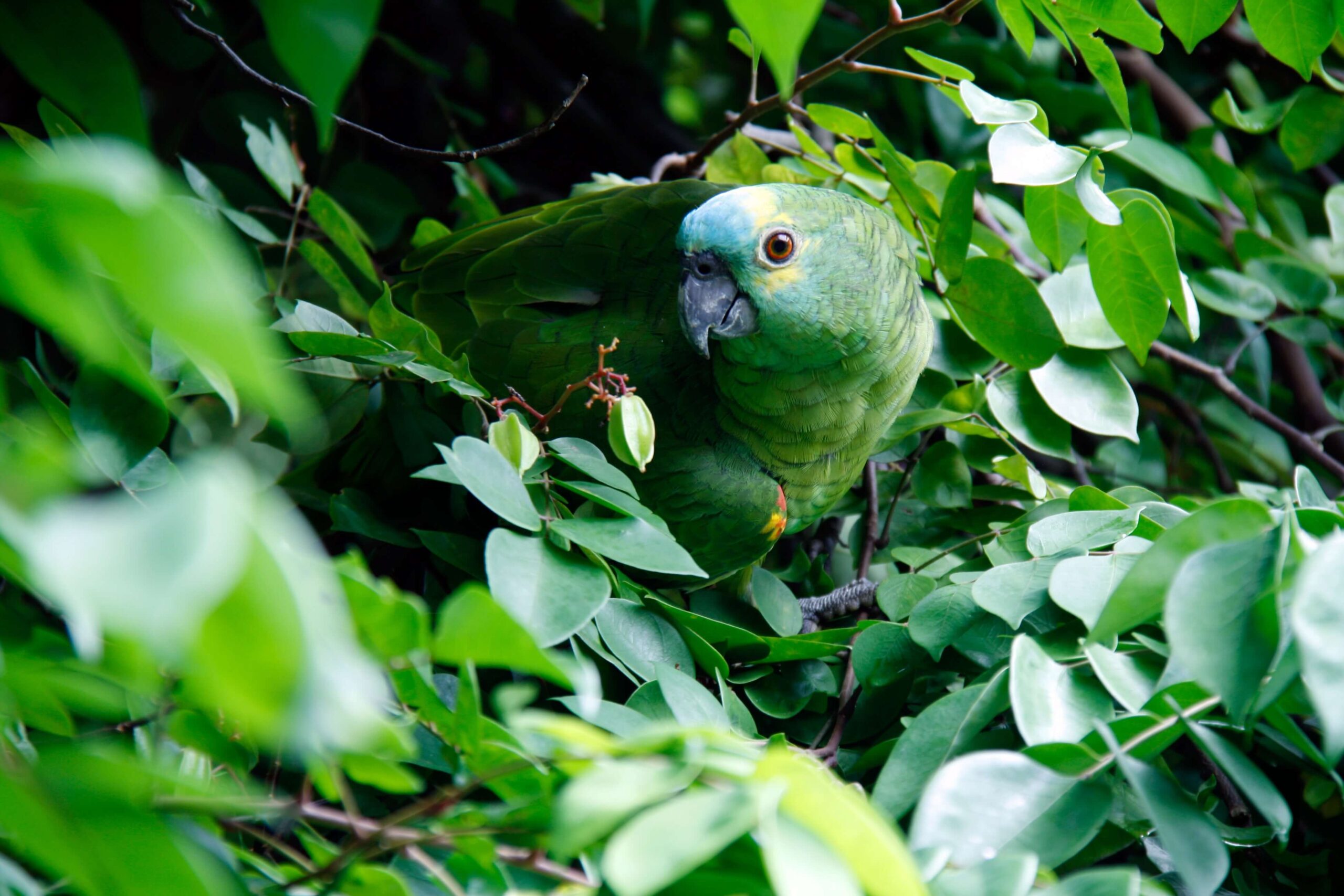Among the most famous and impressive wonders of the Earth is the Perito Moreno Glacier. This incredible glacier is known for its recurring dramatic icefalls and important role in freshwater provision. The glacier is named after the Argentine explorer Francisco Moreno, an important figure in the border dispute between Argentina and Chile in the 19th century. The word “Perito” refers to his nickname, which is a Spanish term for “specialist”.
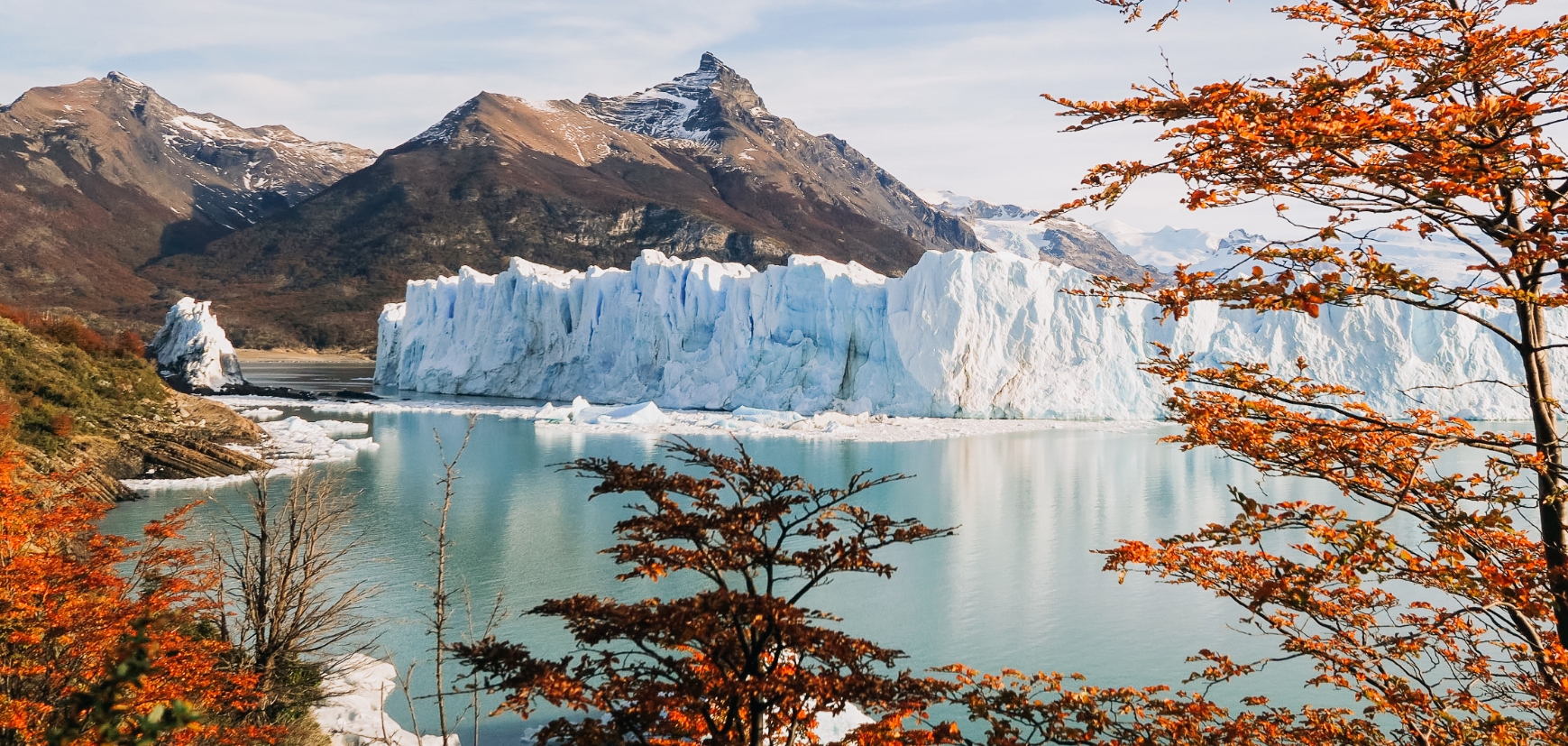
Where is the Perito Moreno Glacier located?
Contrary to its name, the Perito Moreno Glacier is not located in the town of Perito Moreno. This huge ice formation is located in Los Glaciares National Park, approximately 50 miles away from the village of El Calafate, Patagonia, Argentina. Los Glaciares National Park is known for its steep and imposing mountains and multiple glacial lakes. Los Glaciares is located in the region known as the Austral Andes in Argentina, southwest of the province of Santa Cruz on the border with Chile.
Fitness trackers, 5 models you won’t be able to do without tequila azul austin walking uphill: 9 rules to follow to lose weight – fitness –
In addition to being a National Park, Los Glaciares is a 148,000-acre National Reserve, where numerous wildlife species such as chinchillas, guanacos, condors, rheas, and pudus, among others, live. It was declared a World Heritage Site by UNESCO in 1981, and its name comes from the numerous glaciers that cover about half of the area, the most striking of which is the Petito Moreno.
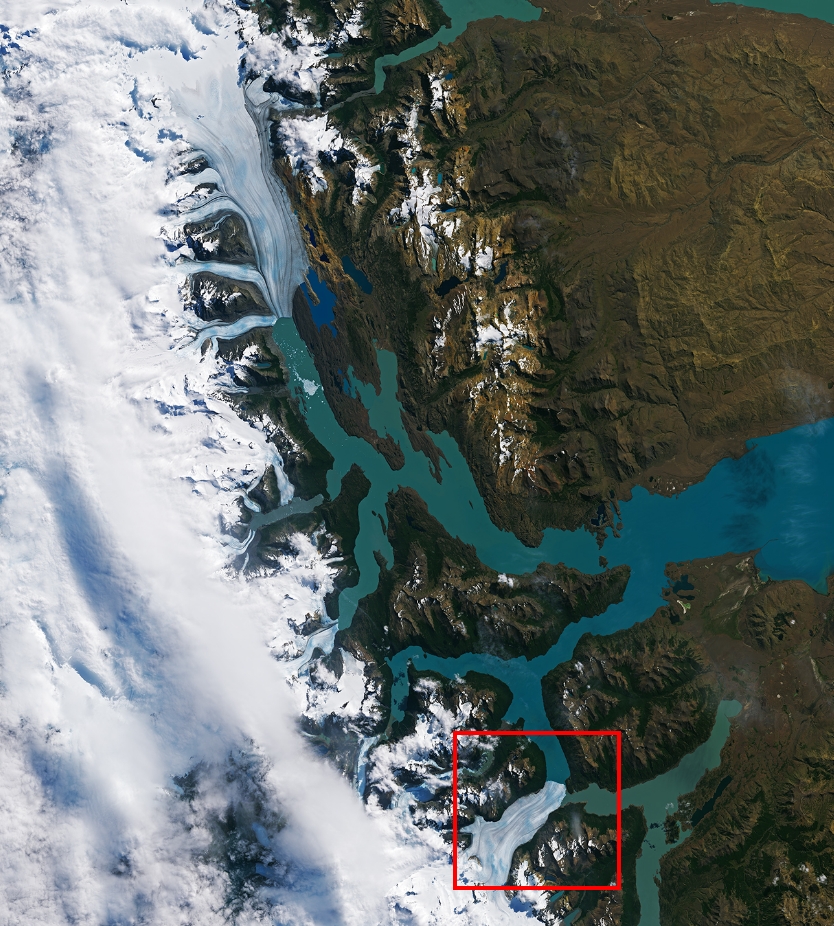
Satellite image of Los Glaciares National Park Perito Moreno can be spotted in the red square
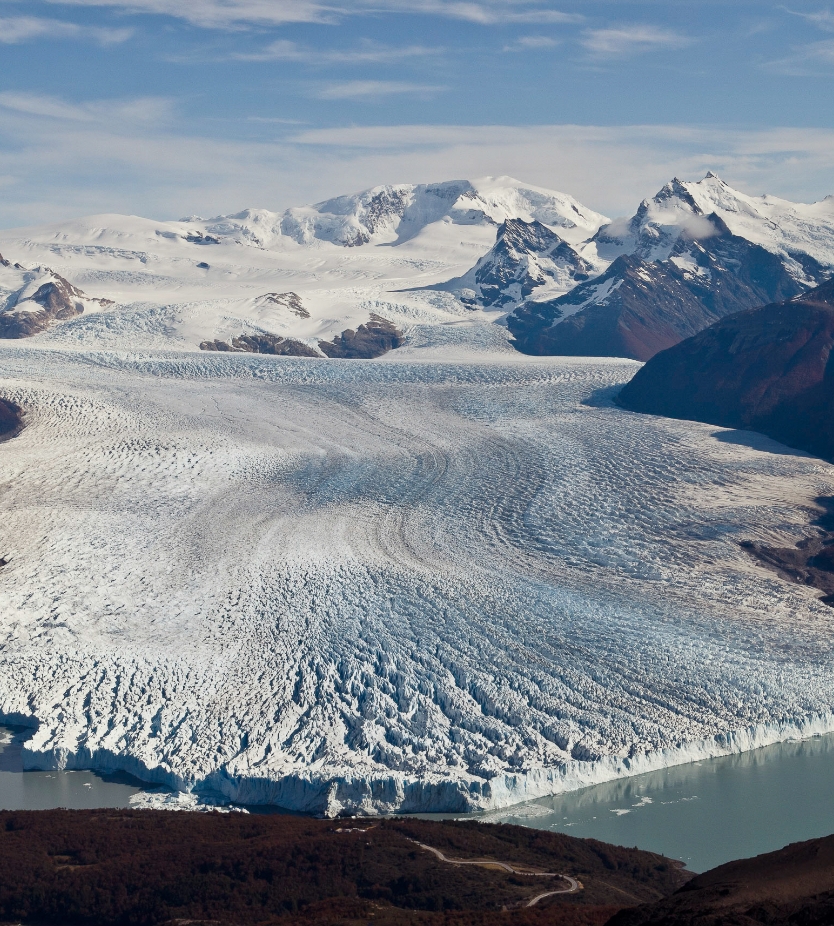
Birds-eye view of the Perito Moreno Glacier
What makes the Perito Moreno Glacier so unique?
Perito Moreno is considered the eighth wonder of the world due to its spectacular views and composition, but it’s more than an eye-catching natural formation. Perito Moreno is especially unique compared to other glaciers because it advances instead of retreating. It moves across the lake until it meets the opposite shore, causing the ice tongue to lose buoyancy and form a natural dam. This ice dam prevents the lake water from circulating from one side to the other and causes the more turbid and “milky” water to centralize in Brazo Rico.
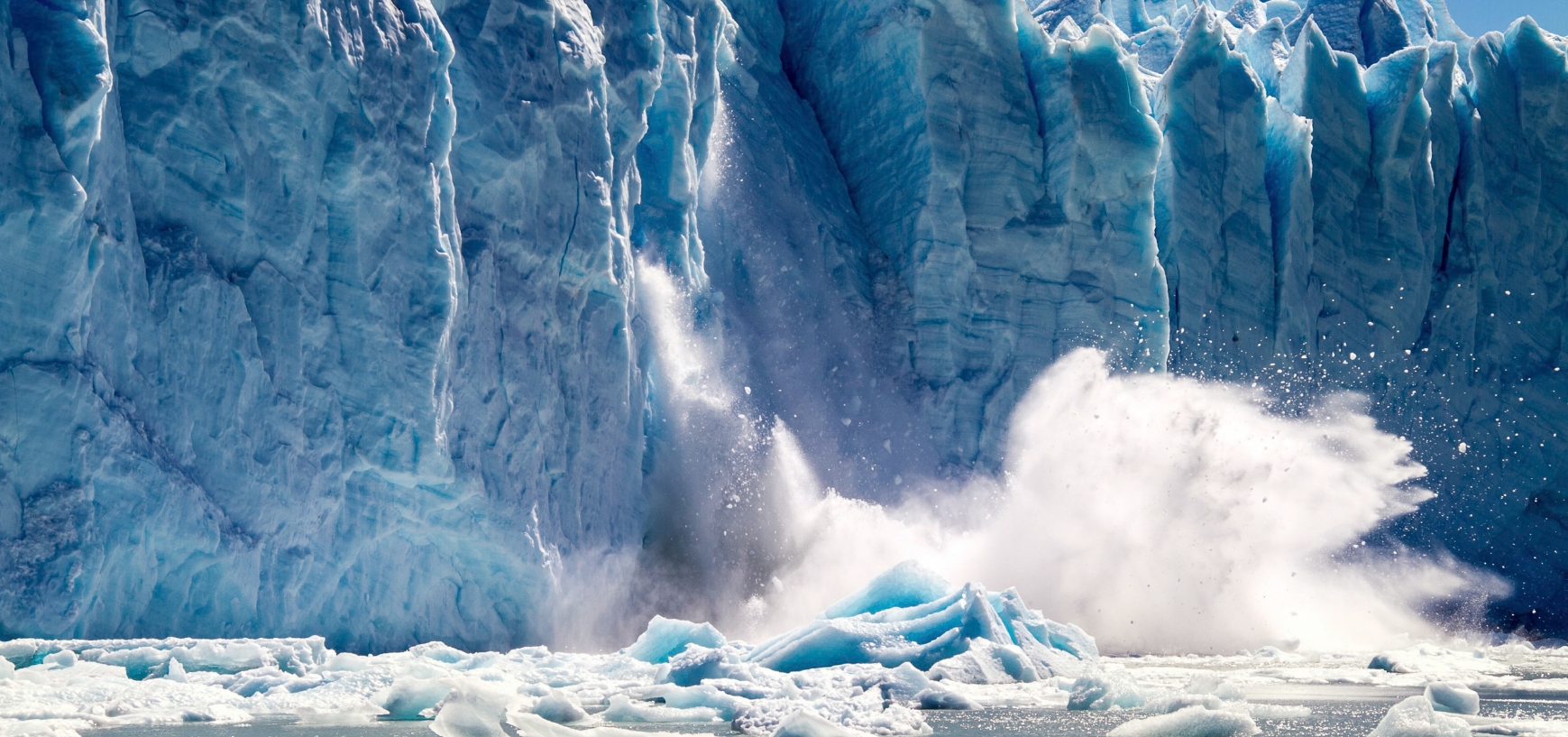
Due to this natural ice dam, the meltwater coming from the south raises the water level in Brazo Rico up to 85 yards above the level of Lago Argentino. The high pressure of this water eventually causes the front of the glacier to rupture; the historic rupture occurred most recently in 2016 and repeats every four or five years when the glacier grows again towards the opposite shore.
Visit Patagonia
